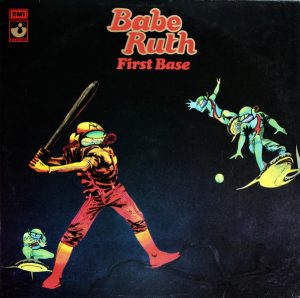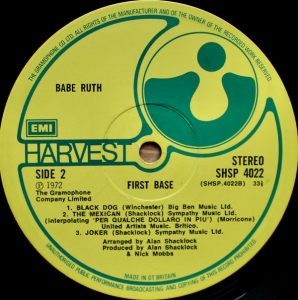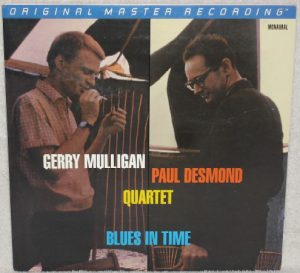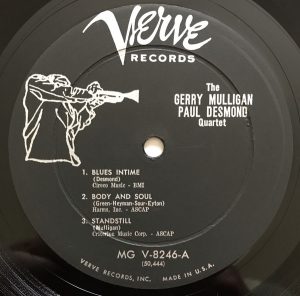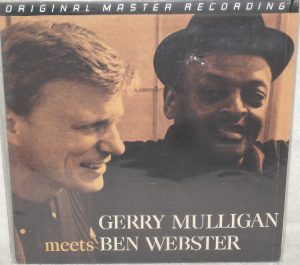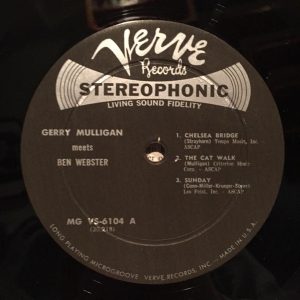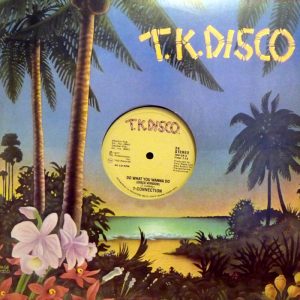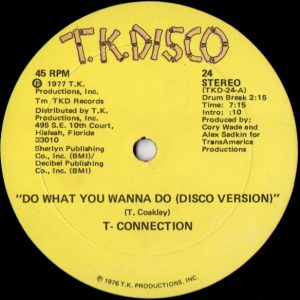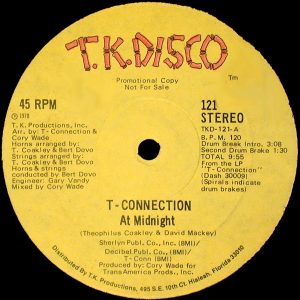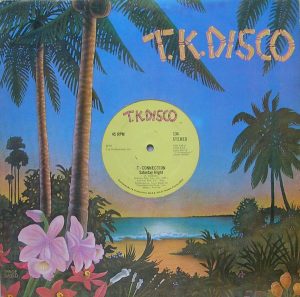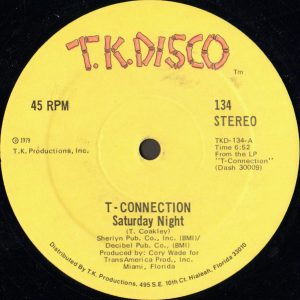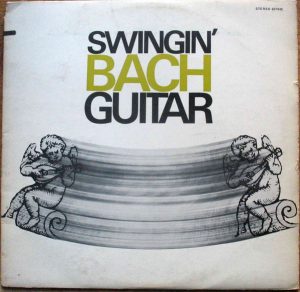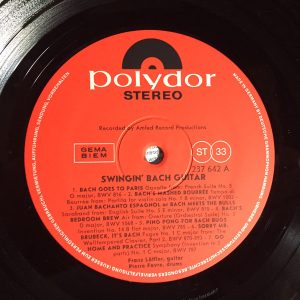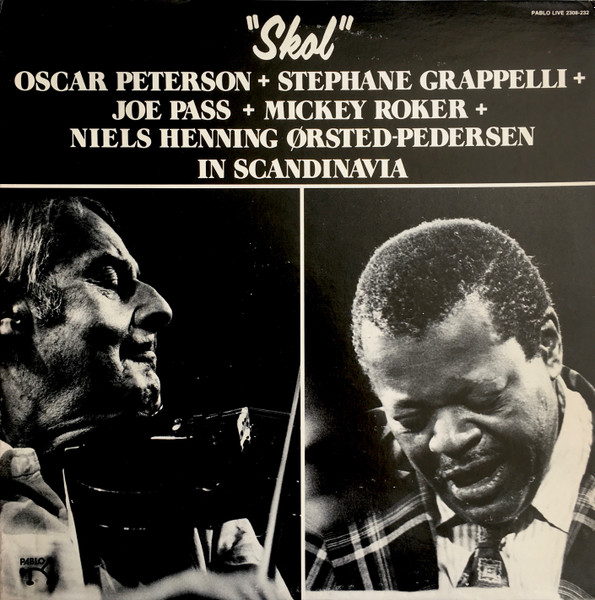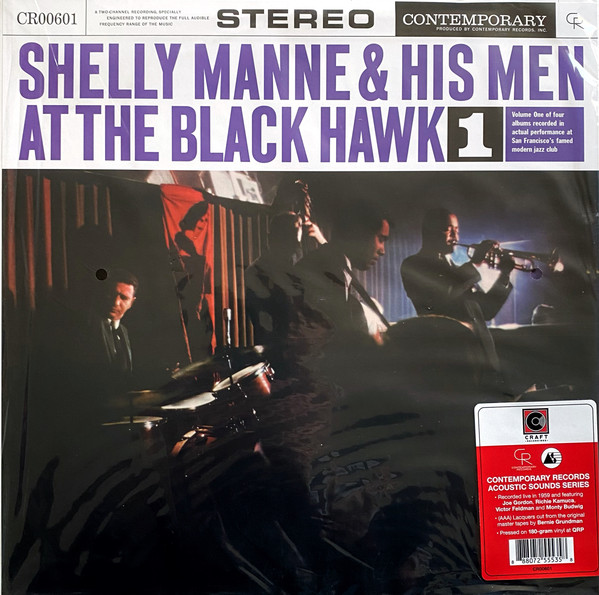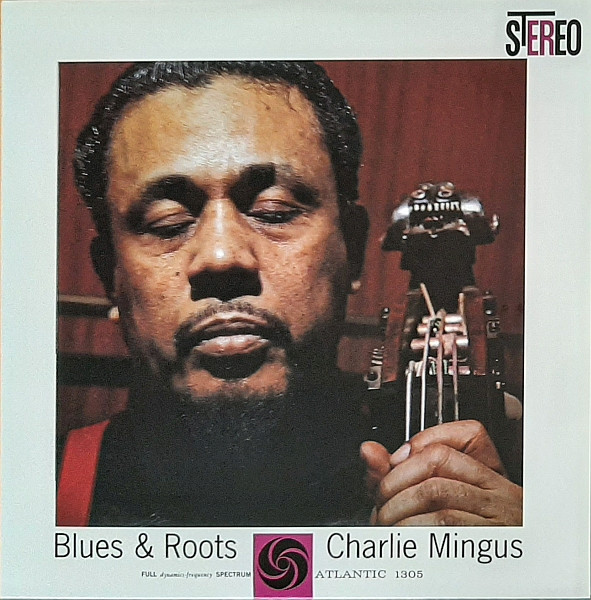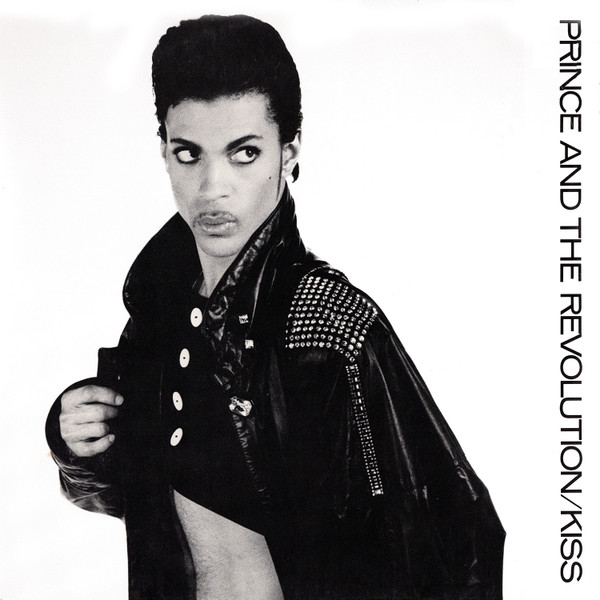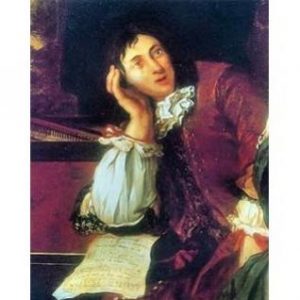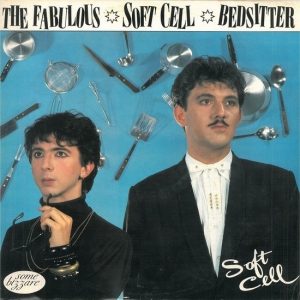This is an ongoing project by Claude Lemaire of Soundevaluations
66. Babe Ruth, First Base. Harvest, EMI – SHSP 4022 (UK) (1972), 33 1/3 rpm. Genre: hard rock, heavy prog artistic rock, funky-based grooves, Spanish overtones
Named after America's most famous baseball player, British band Babe Ruth reaped its biggest success in Canada—particularly in Québec—with "The Mexican", melding Spanish chords to hard rock, even interpolating Italian composer Ennio Morricone's movie theme from For a Few Dollars More; talk about crossing the cultural divide decades before its time. In fact, not only did the track do the latter, it helped bridge the dancefloor divisions among the 'freaks', 'rockers', and 'mods'—as we used to sub-categorize ourselves unfairly or not back in the day. Legend has it that famed deejay Robert Ouimet was the first to break it to his patrons when it came out while he spinned at a club called Love in Montreal just prior to making his mark at the legendary Lime Light on Stanley Street starting in September 1973. Steve D'Acquisto who deejay-alternated with Ouimet got in on it, and soon played it to David Mancuso at The Loft, which then quickly spread to New York's burgeoning club scene. It also got a renewed life in 1984 when deejay-producer John Benitez aka Jellybean recorded a cover version, and excited a new generation of fans fixated on breakdance, and electro-hip hop beats who saw a connection with the original's fat bouncy back beat–note that The Bombers had their own interesting disco cover back in 1978 but did not draw much attention beyond the discothèque milieu. It is that rare track that you cannot find a direct or even indirect song source influence, nor a subsequent style offspring; not to mention having a flamenco-flavoured intro followed by a fast fade-in of the main backtrack, hence complicating song segue selections. Despite this, it remains a favorite among deejays and my personal all-timer top track for feeling, uniqueness, great 'grooveability', and superb sound, and will be all the more rewarding on a big club-style system, think Klipschorns or JBL 4520 'double scoops'! Four of the five remaining tracks are also excellent musically and sonically thanks to Tony Clark, and Kete Go's great engineering at EMI's Abbey Road studio along with band member lead guitarist Alan Schacklock who arranged, and co-produced the album with Nick Mobbs. The tonal balance is slightly warm, dry, and intimate—typical of the early1970s—with excellent frequency extension in both directions, and appropriate dynamics. Dick Powell's drums-percussion along with Dave Hewitt's bass are locked in symbiosis while Dave Punshon's keyboards in unison with the lead guitar, come out energetically crisp. 'Wild child' singer Jenny Haan brings a certain Joplinesque attitude to the mix with impressive vocal power, delivery, and modulation. Recorded between June and September 1972, First Base, the band's debut, remains their best work, and a must for any rock or early-disco enthusiast.
67. Gerry Mulligan, Paul Desmond Quartet – Blues in Time. Verve Records – MGV-8246 (mono) (1957), MoFi – MFSL 1-241, ANADISQ 200 (1995), 33 1/3 rpm. Genre: cool jazz
Produced by Norman Granz for his own Verve label, and recorded in August 1957 at Capitol Studios in L.A. with the exception of one track at Fine Sound Studio in New York, Blues in Time—as it was re-titled in 1962, and has been known ever since—is one of the better sounding selections from MoFi's prior Anadisq 200 series along with the Mulligan-Webster entry below. Each album released two years apart represents the epitome in cool refined jazz with Mulligan of course on baritone, and for this date, Desmond on alto, sounding clean, lean, and almost 'baroque' in delivery, while at certain times giving us a 'preview' of his soon-to-be timeless performance on Brubeck's Time Out [Classic Records CS8192-45QPC]. Bass, and drums are well balanced to support the two perfectly blending protagonist without drawing too much attention onto themselves. I did not have an original Verve pressing to compare with but MoFi's Stan Ricker did a fine half-speed remastering and cutting with just enough treble detail to prevent things not to get too soft or veiled as is sometimes the case with original Verve records. Keep in mind MoFi kept it in mono like the original 1957 release.
68. Gerry Mulligan, Ben Webster, Gerry Mulligan Meets Ben Webster. Verve Records – MG VS-68343 (1959), MoFi – MFSL 1-234, ANADISQ 200 (1995), 33 1/3 rpm. Genre: cool jazz
Just about everything I wrote above applies to this sax pairing with the exception of this release being in stereo instead of mono as well as Gerry's guest on this gig is now on tenor instead of alto. Both players are fully panned against each other, and closely captured by the mics providing a very intimate, and warm sound that I appreciate a lot. Recorded in November, and December 1959 at Radio Recorders in L.A., it opens with Billy Strayhorn's sultry standard, the classic "Chelsea Bridge"—interestingly first interpreted by Webster with the Duke Ellington orchestra back in December 1941. Right from the first notes we can easily hear their respective vibrating reeds making it feel all the more real; once again a beautiful blend of both of their tones together. For these sessions, Leroy Vinnegar is on bass with Mel Lewis on drums delivering smooth support throughout the tracks. Tonal balance seems just right thanks in part to Stan Ricker's remastering and half-speed cutting. Not having an original 1959 Verve to compare with but based on experience with original Verve pressings, I doubt the latter would better or even reach this refinement level we have here. Neither did I have the 2010 double 45 rpm on ORG [013] remastered, and cut by Bernie Grundman which should offer some theoretical advantages over a single 33 rpm but there are many other factors in play such as sonic tastes, EQ choices, equipment, etc., before presuming any clear outcome.
69. T-Connection, "Do What You Wanna Do"/"Got to See My Lady". T.K. Disco – 24 (1977), 12", 45 rpm. Genre: funky disco
Hailing from Nassau, Bahamas, the sextet soon signed to Henry Stone's funky disco Miami-based T.K. Records, one of the three most important independent disco labels along with Salsoul, and Casablanca. The instrumental "Disco Magic"—their first release, and the second to appear on T.K.'s 12-inch single format—mostly fell under the radar of regular radio playlists. It was not until "Do What You Wanna Do" a few months later, which caught the attention of most deejays mainly due to the song's extensive, exciting conga percussive break that placed them high in the charts. It was one of the first disco tracks to incorporate such a lengthy break, though Vicki Sue Robinson's pioneering "Turn the Beat Around" [RCA Victor PC 1029, PD 11029] a year earlier, had started the trend through more of a Latin salsa stylistic flavor. T-Connection's Kirkwood Coakley's funky eighth-note bass riff really defines this track, borrowing from a speedier version of Silver Convention's "Fly Robin Fly" intro played on 'steroids', and can be reflected in echoes in Celi Bee & The Buzzy Bunch's "Superman" [T.K. Disco 37] as well as in Giorgio's original sequencer pattern for Donna Summer's "I Feel Love" [Casablanca NBD 20104]. Produced by Alex Sadkin and Cory Wade, the general sound is punchy, and displays drive, groove, grunt, and tremendous energetic force with the only criticism of gradually losing treble detail, and compressing towards the end as engineer Al Brown at Frankford Wayne in New York chose to cut the groove area quite close to the label where the record's radius diminishes a lot. The B side—given its much shorter duration—does not suffer the same fate, and sounds a bit warmer, less forward, and more extended in the bottom and top.
70. T-Connection, "At Midnight"/"Playin' Games". T.K. Disco – 121 (1978), 12", 45 rpm, promo, T.K. Records – 12K4 2003 (Can.), 12", 33 1/3 rpm. Genre: disco/funky rock
Their 1978 hit "At Midnight" [T.K. Disco 121] is also worth seeking, especially if you like long 'loop-based' conga intros and breaks of metronomic, and hypnotic effect, making it the most disco-ish of the three T-Connection selections chosen here. Panned percussive elements in the mix keep it exciting though there is some repetitive pattern to the instrumental 'break' that shows some lack of compositional creativity, and nearing ten minutes long, could have benefited from some form of editing to keep the momentum more exciting. Engineered by Gary Vandy, while mixed, and produced by Cory Wade, the US original's A side sounds fine from the mids up through the highs, but with a mild lack of bass power causing it to sound slightly light weight without a small dose of EQ to even things out—which a good deejay will normally do before blending it in with the 'dancefloor track'. The Canadian Columbia-distributed TK is better balanced from bottom bass to top treble with a small loss of dynamic attack in the kick and snare strikes, producing a warmer tonal presentation plus an added benefit of a wider soundstage, making it in the end my preferred pressing. On the other hand, the lesser known B side clocking in just under four minutes is quite tidy, and a touch of lead electric guitar brings in strong funky rock influences more so than traditional disco. For this second side, the sound is superb, sporting solid serious punch in the 'meaty' mid to upper bass range, plus some 'crunchy' synth presence–the Canadian copy comes in a very close second or on par.
71. T-Connection, "Saturday Night". T.K. Disco – 134 (1979), 12", 45 rpm. Genre: funky disco
This is the group's final big hit single worth getting. The musical style fits well within the typical T.K. 'Sunshine Sound', and veers more towards the clean funky disco side of the spectrum than the 'dirtier' "Do What You Wanna Do" disco-funk hybrid cited higher up. The sound per say is also different where in this instance it is quite a bit more detailed in the upper mids and treble, right up to the top octave with rapid 'dynamic burst' making it come alive as well as having a fun club-style upper bass that 'kicks butt', but with less grunt and bottom foundation than the aforementioned track. Panned percussive elements in the mix keep it exciting though here also there is some repetitive pattern to the "ooh-ooh" 'break' that gets boring after a while, and would have benefited from some editing or added arrangements. Cory Wade reprises his role with the production once again, and mastering was done at Sterling Sound in New York with no apparent top end 'dulling' on this cut as opposed to #69. The B side is the identical same track which may disappoint some buyers but can be a bonus if ever one side gets damaged over time.
72. Franz Löffler, Pierre Favre, Swingin' Bach Guitar. Polydor – 237 642 (Ger.) (1964), 33 1/3 rpm. Genre: classical, baroque, jazz
I had long forgotten about this baroque jazz hybrid that I had picked up for a few bucks way back when my vinyl vault was quite smaller, and somehow must have misplaced or perhaps sold it—both rare occurrences I might add—for I still have not found it. Fortunately last month, while digging through a vinyl shop's weekend sale, I stumbled upon a second hand copy of the same record in VG+ condition for a mere 33 cents at Aux 33 Tours in Montreal. The title is pretty much self-explanatory: this is a collection of Bach's famous works arranged by Klaus Netzle, and Sam Spence, and reinterpreted through a swingin' sixties jazz lens that still sounds fresh today. Accompanied by Swiss drummer Pierre Favre, this was German guitarist Franz Löffler's first foray into a long list of either 'jazzed-up' classical or easy listening releases. On this debut, he plays between three to five different guitars—electric, bass, mandolin, etc.—overdubbed on each musical track, creating a mini pseudo-string ensemble. My original German Polydor pressing is sufficiently quiet to appreciate the extremely well recorded (studio-augmented) duo displaying near-perfect tonal balance, precise pinching, with impressive intimacy from the strings, and sweeping snare brushstrokes spread through the soundstage. There is mild compression but still remaining a fatigue free delight for the ears, mind, and spirit.
A final note:
Now don't go 'bonkers' if you have not found your favorite recording included in this List, just remember: we are still at the beginning of a long long journey...into sound.
For more from Claude Lemaire go to his blog...
http://soundevaluations.blogspot.ca/




